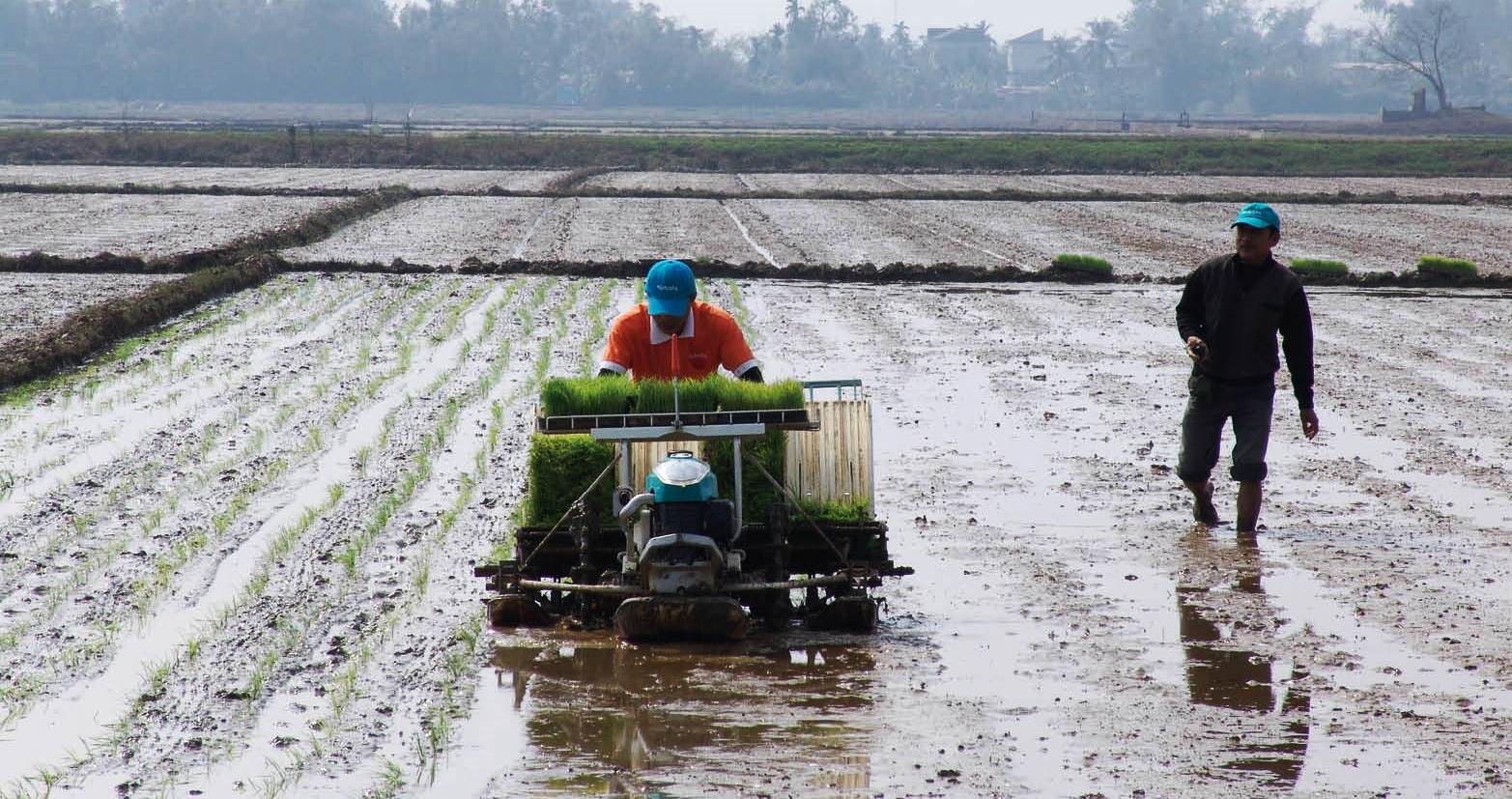 |
| Bringing machinery into rice cultivation |
Minimize time
These days, Mr. Nguyen Thang in Thuy Tan Commune (Huong Thuy Town) has been harvesting winter-spring rice while monitoring weather forecasts to plan land preparation and planting summer-autumn rice. At the request of local authorities and through monitoring weather forecasts, Mr. Thang has been preparing land and preparing for the summer-autumn crop. Compared to before, this summer-autumn crop he has planted 5-7 days earlier to prevent early rain and floods.
Mr. Nguyen Quang Hong, Director of Thuy Tan Agricultural Cooperative, informed that through monitoring weather developments and forecasts, the cooperative requested member households and farmers to urgently prepare the land and plant summer-autumn rice. The rice varieties used for planting are mainly short-term and ultra-short-term varieties to shorten the growth period as much as possible and harvest in time to avoid floods. The cooperative also mobilized members and farmers to repair canals and irrigation systems, and proactively irrigate summer-autumn rice when encountering unfavorable weather conditions.
At Phu Bai Agricultural Cooperative, Thuy Phu Commune (Huong Thuy Town), people are also urgently planting summer-autumn rice on an area of about 280 hectares, with short-term and extremely short-term rice varieties, mostly new and high-quality varieties, not only shortening the growth time to the maximum, but also creating delicious products that sell for good prices, such as DT100 (KH1), DT39, HN6, HG12, HG244...
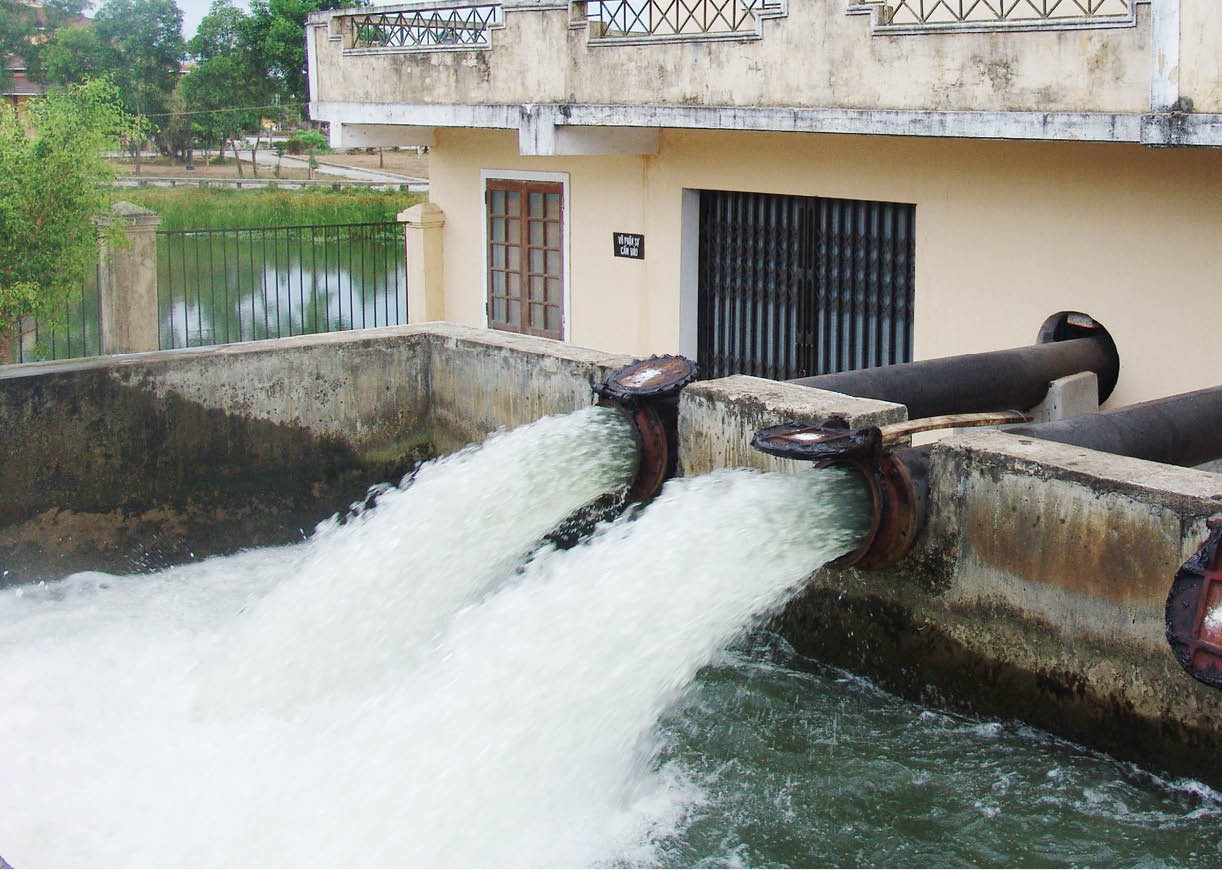 |
| Operate the pumping station to bring water into the fields for planting. |
Vice Chairman of Huong Thuy Town People's Committee Ngo Van Vinh affirmed that despite the unpredictable weather conditions, local people still tried to plant the entire area of over 2,600 hectares. Up to this point, most of the fields have been prepared for planting, and some areas have been planted early.
In the low-lying areas of Quang Dien district, farmers are also urgently harvesting winter-spring rice and preparing the land for summer-autumn rice cultivation. Up to this point, the entire area of more than 4,000 hectares has been prepared and planted. Localities and cooperatives in the area said that they will try to plant all the land, with the motto of not leaving fields fallow. The irrigation canal system and pumping stations in the district are also being inspected, repaired, and maintained to serve irrigation for this summer-autumn crop.
Ensure seed source
Mr. Dang Van Chung, Director of the City Seed and Livestock Joint Stock Company, informed that the company produces more than 3,000 tons of rice seeds, ensuring the quantity and variety of seeds according to the city's summer-autumn crop structure. Currently, the seed source has been supplied according to orders from localities and cooperatives. In addition to the seed source supplied from the beginning of the season, the company also produces a certain amount of reserve seeds to supply farmers to recover from damage caused by heat and salinity that may occur from the beginning of the season.
Mr. Le Van Anh, Deputy Director of the Department of Agriculture and Environment, informed that due to the impact of storms, the winter-spring rice crop will grow for 5-7 days, and will be harvested from May 10 to May 20. According to the City Hydrometeorological Station, from May to August 2025, the ENSO weather phenomenon is likely to continue to maintain a neutral state with a probability of 70-80%. The hot season in 2025 is likely to end earlier than the average of many years and before September 15. The start of the rainy season in Hue in 2025 is likely to be earlier than the average of many years.
In order to limit damage caused by natural disasters and ensure crop productivity and output, the Department of Agriculture and Environment has provided guidance on the structure of varieties and planting schedules for some major crops in the 2025 summer-autumn crop. Accordingly, the structure of rice varieties mainly includes short-term and ultra-short-term varieties, such as Khang Dan, DT100 (KH1), DT39, HN6, HG12, HG244, N97 (glutinous rice)... In which, priority is given to using high-yield and high-quality rice varieties, limiting rice varieties that have been produced for many years and are often infected with pests and diseases. The agricultural sector encourages people to boldly introduce some officially recognized rice varieties that have participated in product linkage and consumption such as: TBR97, Ha Phat 3, DB6... into cultivation to gradually diversify the city's variety set.
Localities mobilize maximum machinery and human resources, implement synchronous solutions to clean the fields with biological products, plow the soil immediately after harvest to kill harmful organisms, limit organic poisoning for rice. For areas contaminated with alum and salinity, especially low-lying areas with stagnant water, it is necessary to implement measures such as liming, washing acid, reducing alum... to limit damage right from the beginning of the crop. Depending on the growth period of each variety and the actual conditions of the locality, arrange appropriate sowing and planting times, ensuring that the summer-autumn rice crop blooms from July 15 to July 30, striving to finish harvesting before September 2, before the storms come.
Source: https://huengaynay.vn/kinh-te/nong-nghiep-nong-thon/thu-hoach-den-dau-gioi-cay-den-do-153837.html






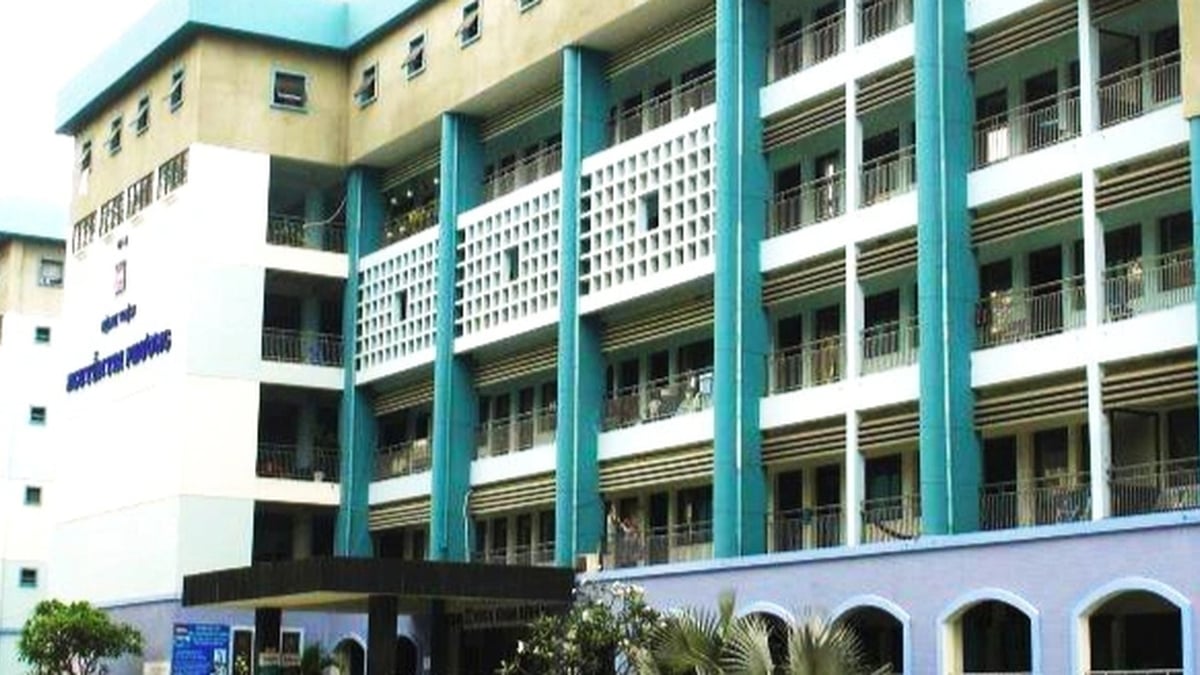
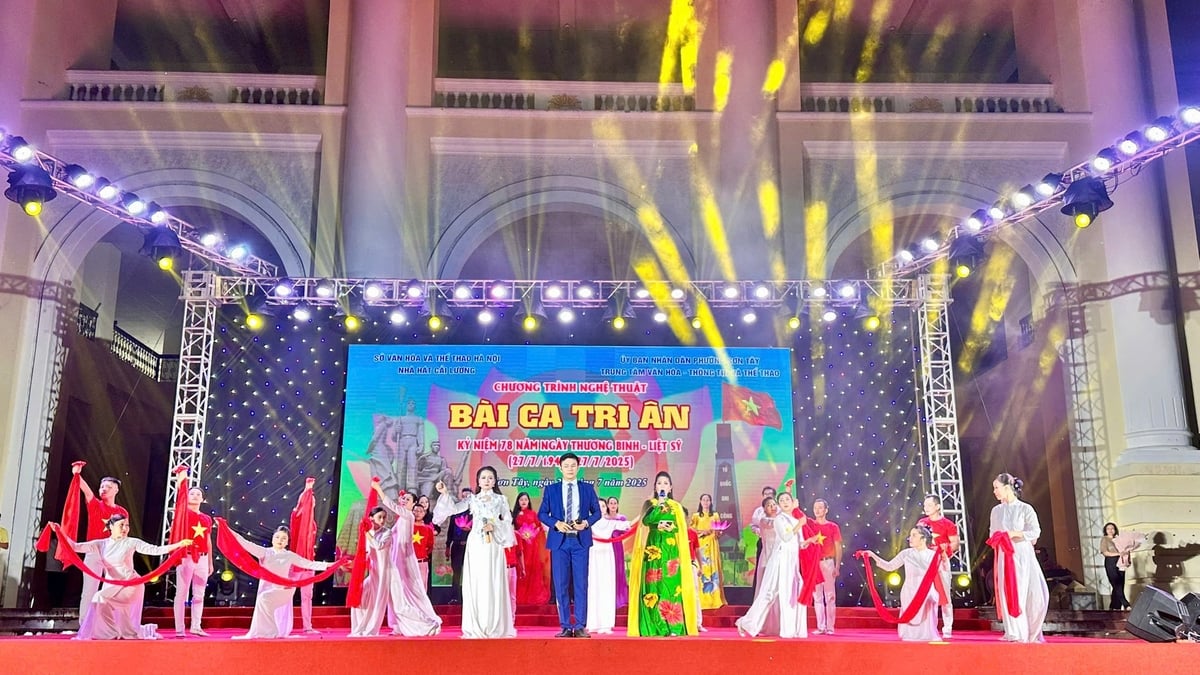

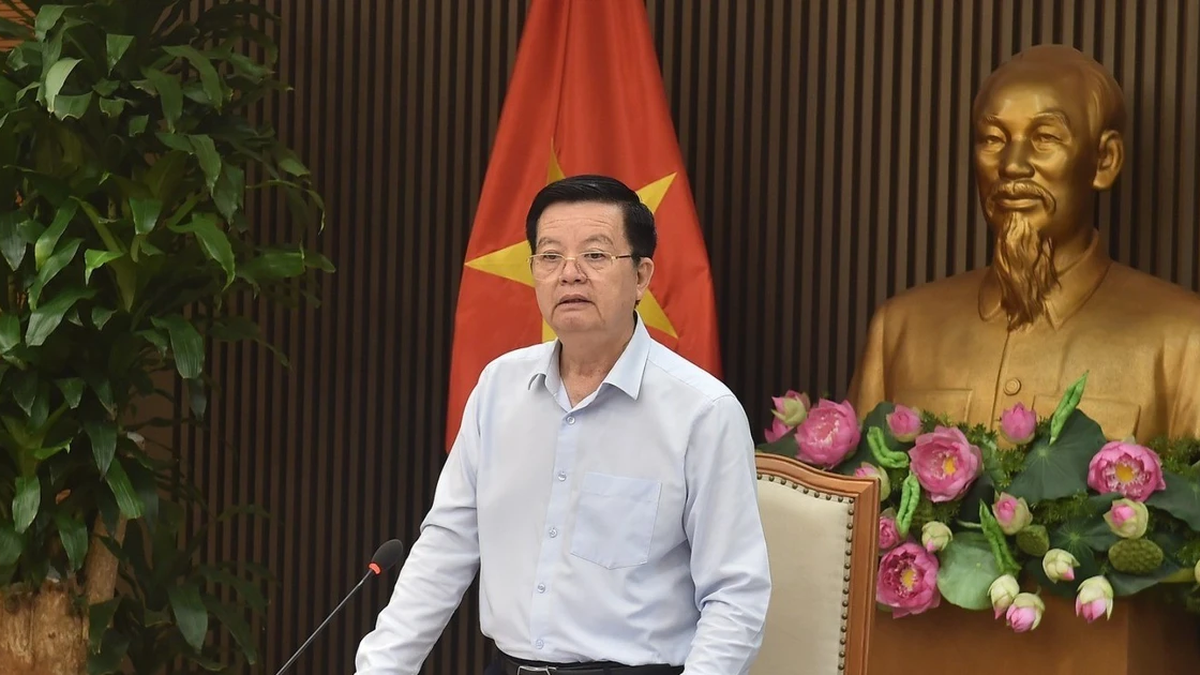












![[Photo] National Assembly Chairman attends the seminar "Building and operating an international financial center and recommendations for Vietnam"](https://vphoto.vietnam.vn/thumb/1200x675/vietnam/resource/IMAGE/2025/7/28/76393436936e457db31ec84433289f72)












































































Comment (0)